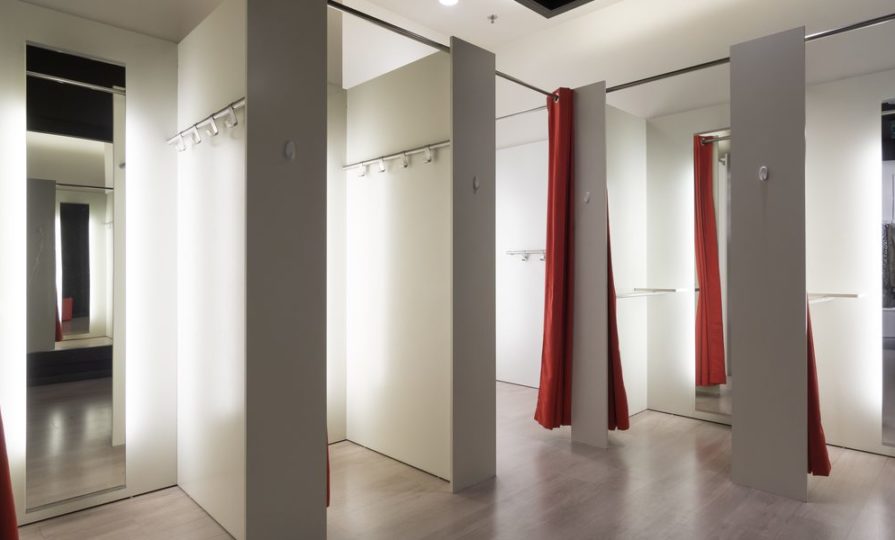Making lighting work for the modern fitting room experience

Despite the growing popularity of shopping online over visiting physical retail stores, the capacity to ‘try before you buy’ remains a key motivator for high street customers and is an experience e- commerce has yet to replicate.

